Best trees for privacy – 15 ideas to screen your yard
Discover the best trees for privacy and screening to block out the rest of the world and create a garden sanctuary
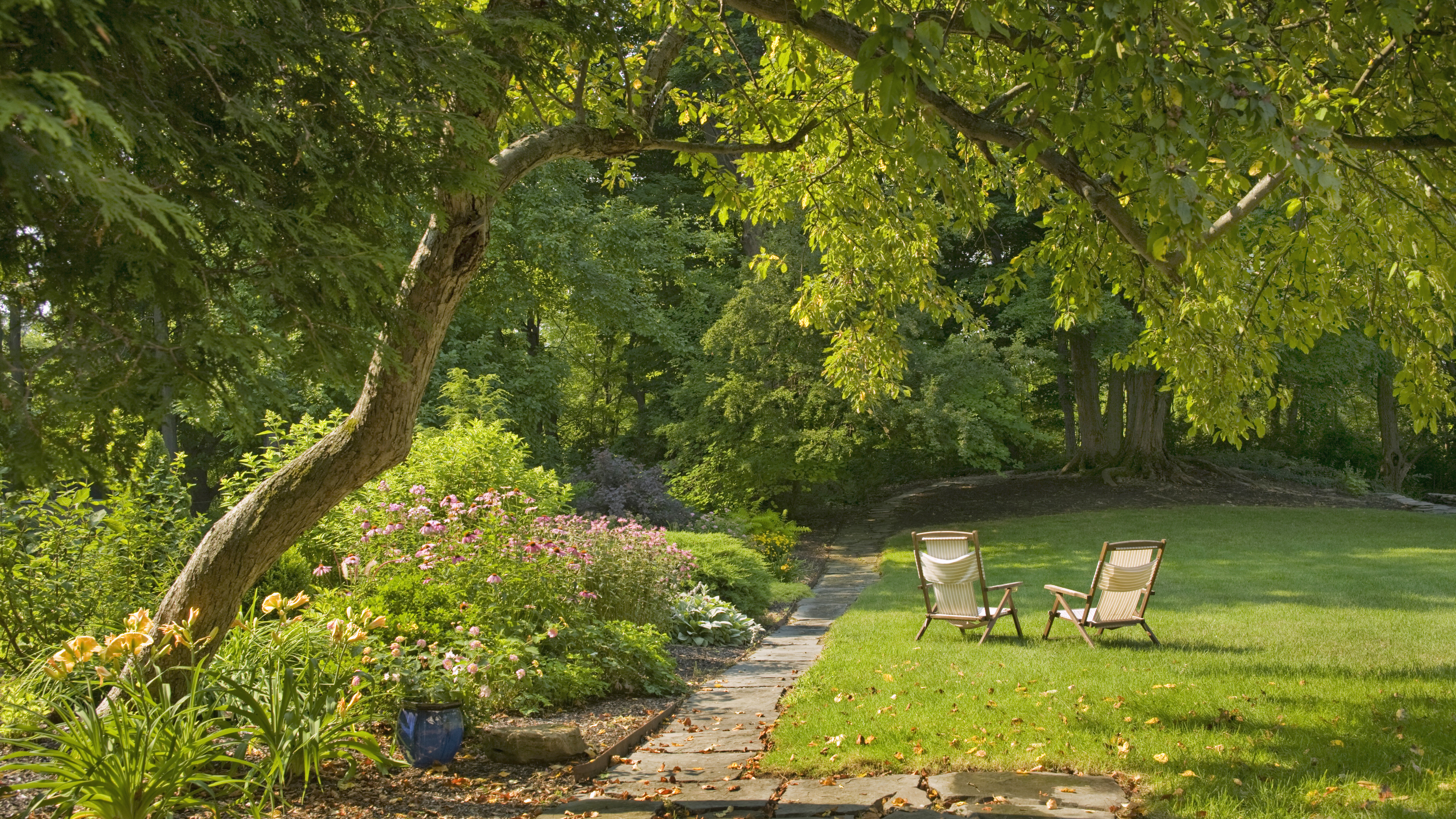

Melanie Griffiths
The best trees for privacy not only offer a beautiful, natural way to screen your yard, but also provide structure and interest year round.
Privacy trees give such a wonderful feeling of seclusion, and are one of the best backyard ideas for creating a lush backdrop for planting.
While fencing and walls are good for practicality and security, the best trees for screening offer a softer way to achieve this, and are perfect for pairing with more solid boundaries.
Trees offer more dappled coverage and, where a canopy starts at a higher level, can allow you to see through at a lower height. This means they can be used to retain an attractive view or be grown next to boundaries – so consider trees alongside your garden wall ideas and garden fence ideas.
Also think about landscaping around trees to add character and interest to your yard.
Some of the best trees for privacy are also the best trees for shade, so decide where you want them positioned in relation to the house and how compatible that is with your outdoor dining ideas. Many of them are also fast-growing trees for privacy.
The best trees for privacy and screening in a backyard
There are no better garden screening ideas than natural ones. Namely: trees. Whether you are looking to stop neighbors being able to see into your garden or to screen out a nearby building, trees do the very best job, while providing color and garden shade.
Planting a mixed variety of trees for privacy and screening is also one of the best wildlife garden ideas for providing natural habitats and food for birds and wildlife.
The best trees for privacy – and the best trees for screening – will generally have a bushy, evergreen canopy, making evergreen trees for gardens an ideal choice.
If space allows, however, consider planting a variety of screening trees, including some of the best trees for autumn color, or others bearing seasonal blossom or fruits, to add color and interest throughout the year.
Before you start planting trees for privacy and screening in a backyard, do your research. This includes checking:
- Your USDA hardiness zone, to make sure it is compatible with your location.
- The soil type, which must be suitable for your chosen tree – the best trees for clay soil won't thrive in chalky soil, for example.
- The maximum height the trees might grow to, and also check the spread of roots won't interfere with drainage or the foundations of buildings close by.
- Growth rate of the variety – if you need screening in place quickly, don't opt for a slow-growing specimen.
- If the trees for screening will need extra protection from the wind.
- The maintenance requirements for the chosen tree.
- Make sure you know how to plant a tree to give it the best possible start.
1. Crabapple (Malus)

With their beautiful spring blossom and fall fruit, crabapples are some of the most ornamental trees for privacy, and are also beloved of wildlife.
Growing up to 39 feet over several decades, crab apples are medium-sized trees that work well in the town or country. ‘A distinctive crabapple with a rounded form and medium growth habit can be planted 15 to 20 feet from the house,’ says Dan Lambe from the Arbor Day Foundation, author of Now is the Time for Trees.
Dan is particularly fond of the Prairifire crabapple, which grows to a more compact 20 feet tall, making it one of the best trees for small gardens.
‘It’s a showy, disease-resistant tree that offers year-round beauty in the landscape,' he says. 'Dark red buds open to reddish pink flowers in spring with glossy reddish maroon trees. Its foliage turns dark green in summer and a beautiful bronze color in fall, when small decorative purple fruits attract wildlife.’
Grow it in USDA zones 3-8 in moist but well-draining soil, in full sun or partial shade.
2. Cotoneaster ‘Cornubia’
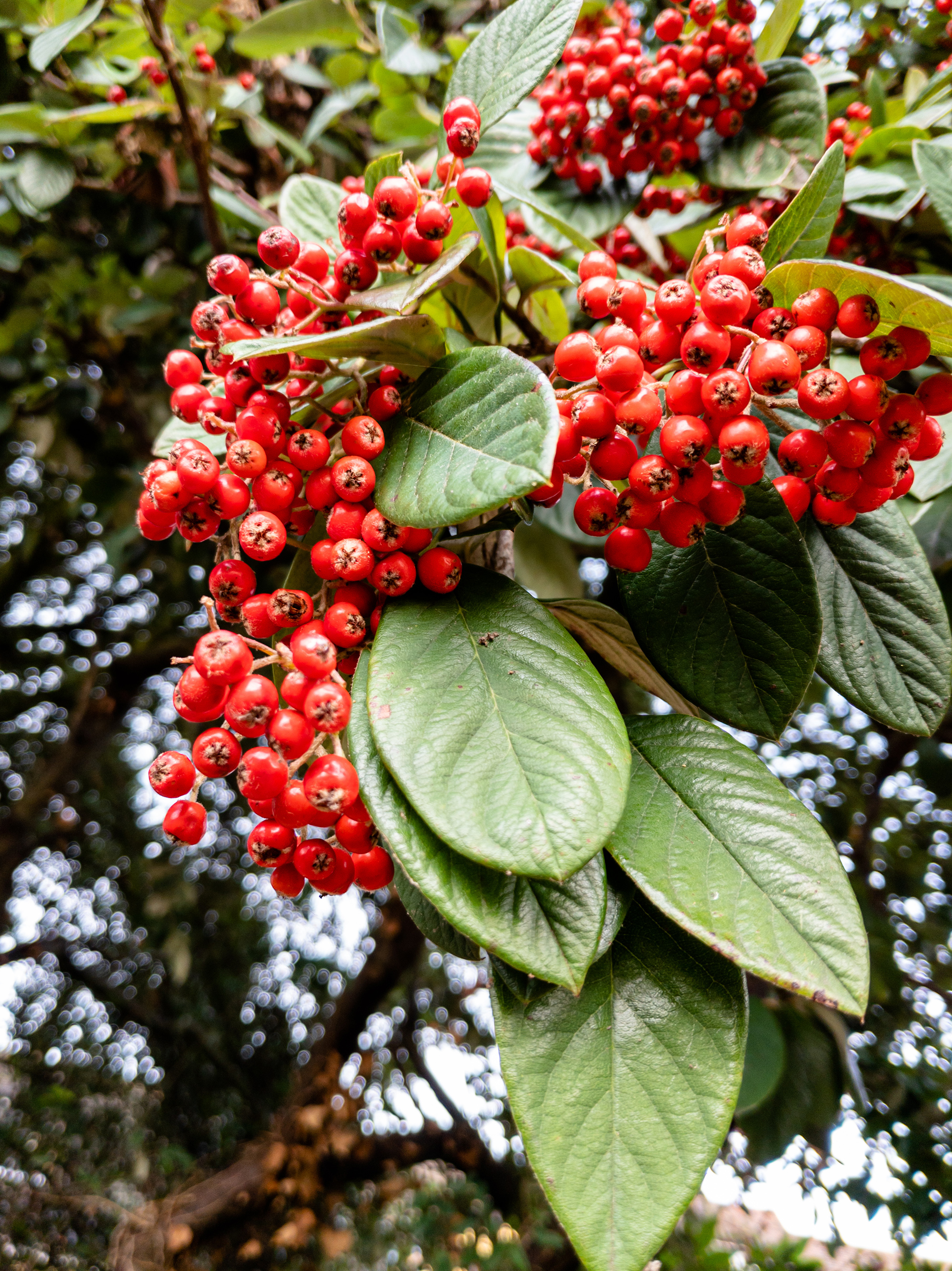
While actually a large semi-evergreen shrub, Cotoneaster ‘Cornubia’ is usually grown as a medium-sized tree. It’s one of the best trees for privacy and screening if you’re looking for an ornamental variety, as it’s also one of the most striking trees with red berries.
‘Winter wouldn’t be winter without berries,’ says Claire Masset, author of Cottage Gardens.
‘The semi-evergreen Cotoneaster ‘Cornubia’ has elegant oval leaves and an attractive arching habit. Every winter during a particularly cold spell, my cotoneaster becomes a magnet for birds who come to feast on the berries – a cheering sight indeed.’
With a maximum height of 26 feet, Cotoneaster ‘Cornubia’ is fairly slow-growing, so won’t dominate your yard – making it one of the best trees for front yards. It likes full sun and well-drained soil, but prefers a milder climate, thriving in USDA zones 6-9.
3. Birch (Betula)
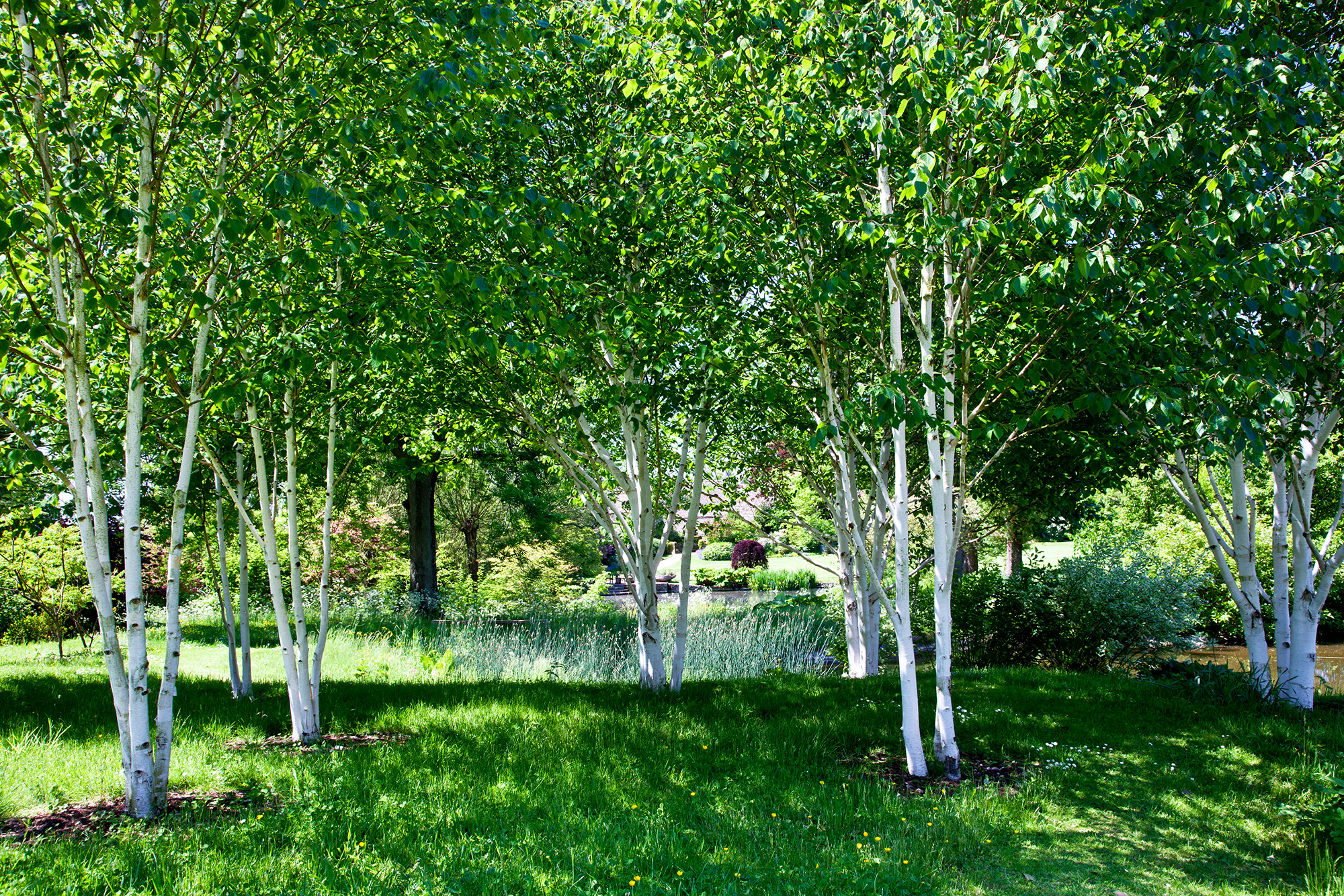
‘Birch trees have beautiful bark that’s particularly noticeable in winter,’ says gardening expert Matt James. ‘Chalk-white paper birch (Betula papyrifera) and Betula ‘Doorenbos’ are popular but big, so site them carefully – both look great as single specimens in large yards. For small yards, choose dome-shaped Betula ‘Youngii’ which grows no bigger than 26ft tall.’
If you have the space, you can group together various types of birch trees with different-colored bark.
‘While birches are some of the best trees with white bark, not all birch bark is white. The Chinese red birch is orangey red, Betula ‘Parkwood’ is dark purple with little white bands and Betula 'Mount Zao' has dark purple and orange, peeling bark,’ adds Matt.
You can grow birch trees in USDA zones 2-9, depending on the variety, in full sun or partial shade.
4. Flowering dogwood (Cornus florida)
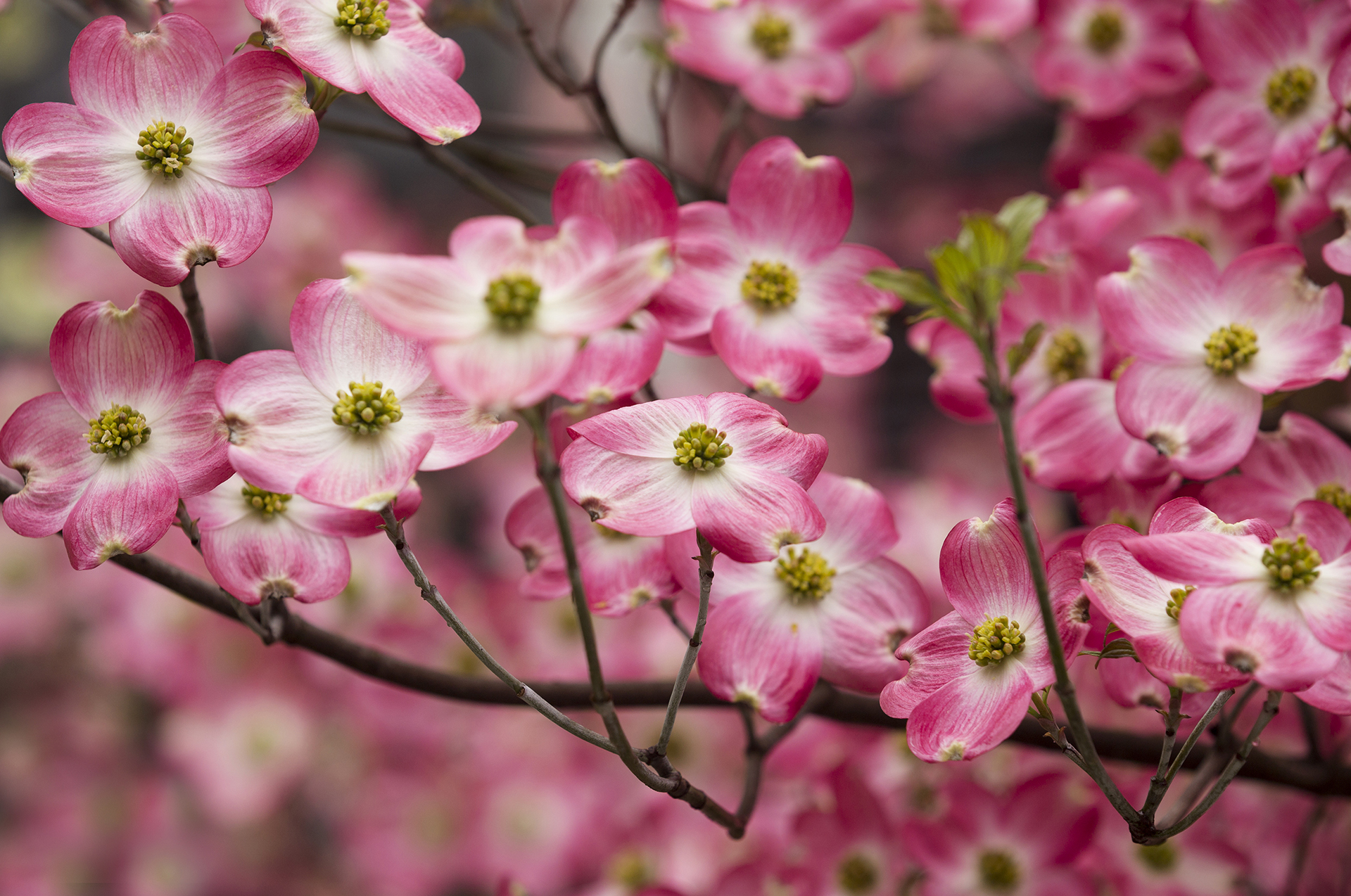
A smaller tree with a rounded growth habit, flowering dogwood is one of the best trees for privacy and screening in a compact yard, and can be planted as close as 10 feet away from the house.
‘Flowering dogwood is an excellent landscape choice for all four seasons. Showy white bracts appear in spring, foliage turns a vibrant red purple in fall, and glossy red fruits attract winter songbirds to the enjoyment of all,’ says Dan Lambe.
'This tree offers nice contrast when planted along with pink or red dogwoods with larger evergreens in the background.’
Growing up to 25 feet, flowering dogwood can be grown in USDA zones 5-9. Plant in moist but well-drained soil in full sun or partial shade.
5. Eastern White Pine (Pinus strobus)
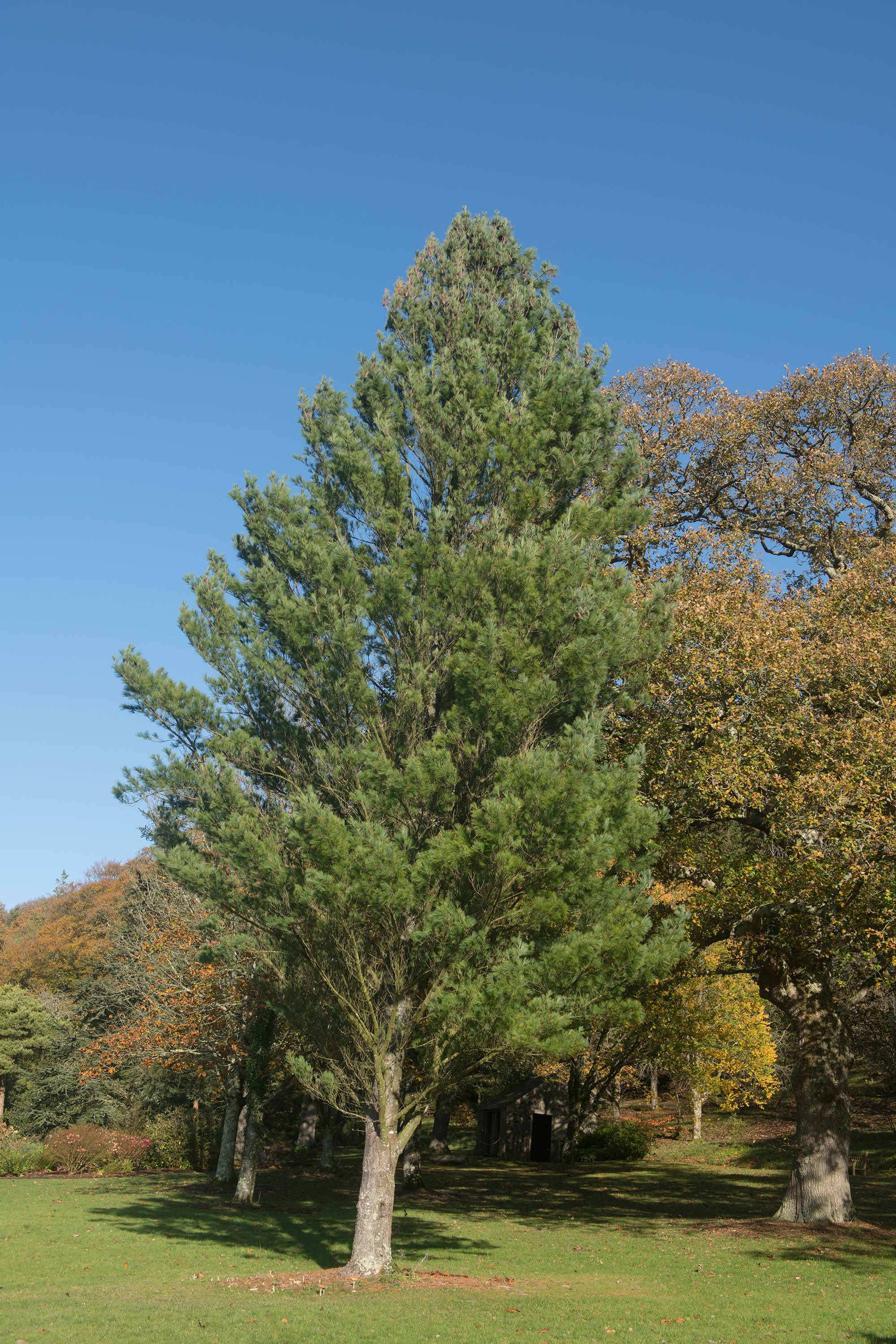
If you’re looking to establish privacy quickly, then look at the best fast-growing trees such as the Eastern white pine.
It increases in height by up to 24 inches per year until reaching a maximum height of 50-80 feet and a spread of 20-40 feet at maturity.
'This hardy, valuable evergreen is striking in the winter landscape, where it makes an ideal wind-break,’ says Dan.
The Eastern white pine thrives in acidic, moist but well-draining soil, in full sun or partial shade. It's a great option for USDA zones 3-8.
6. English yew, or common yew (Taxus baccata)
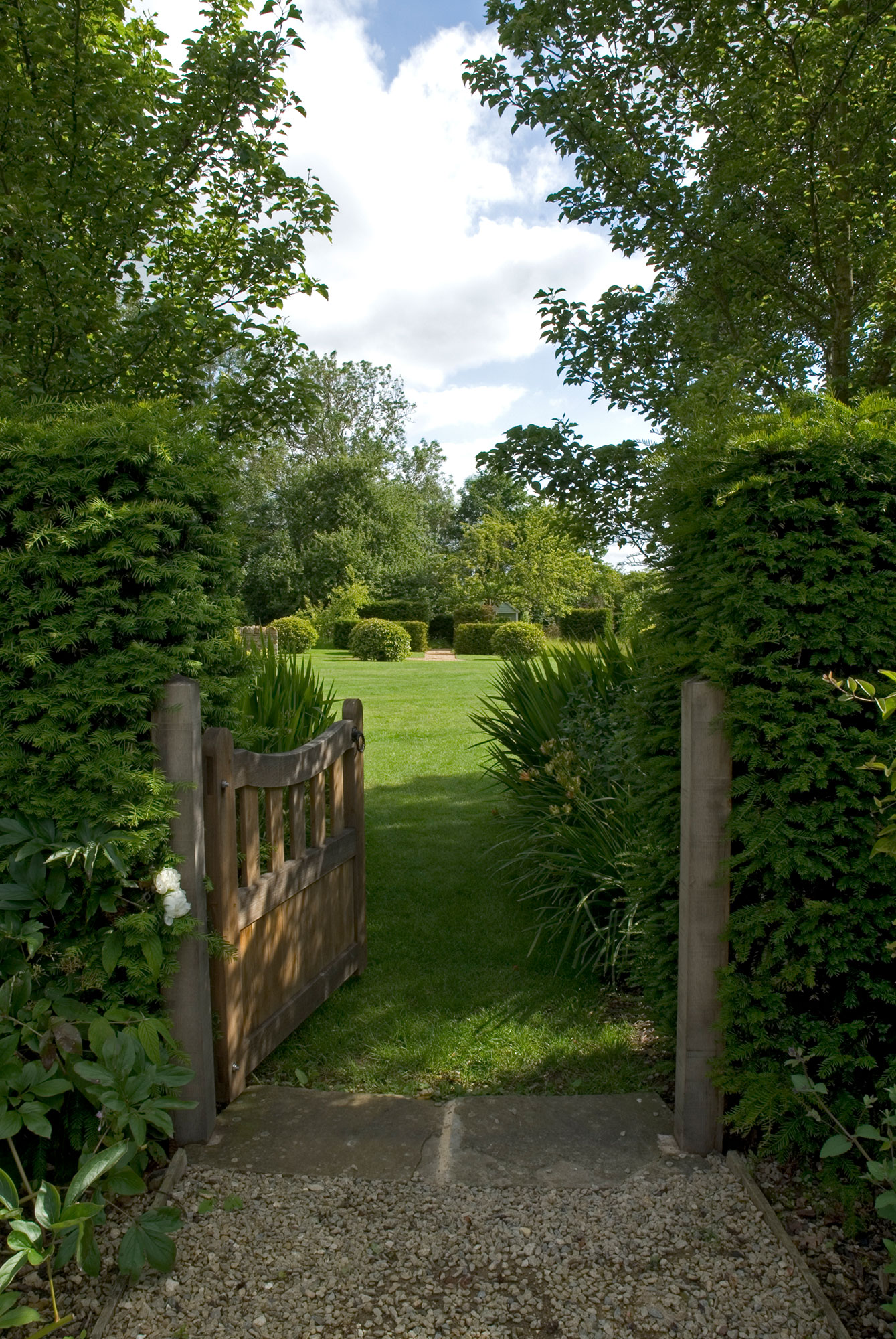
The English yew – also known as the common yew – 'is probably the classic evergreen tree. It is elegant and long-lived, and rejuvenates itself remarkably well if pruned in the early spring,' explain the experts at Practicality Brown.
One of the best trees for privacy, and planting en masse to create hedging, Taxus baccata can grow to about 40 feet (12 meters) tall. It thrives in free-draining soil and can tolerate sun to shade. Some varieties also produce small red berries – loved by wildlife as a food source.
Grow it in USDA zones 5-7.
7. Italian cypress (Cupressus sempervirens)
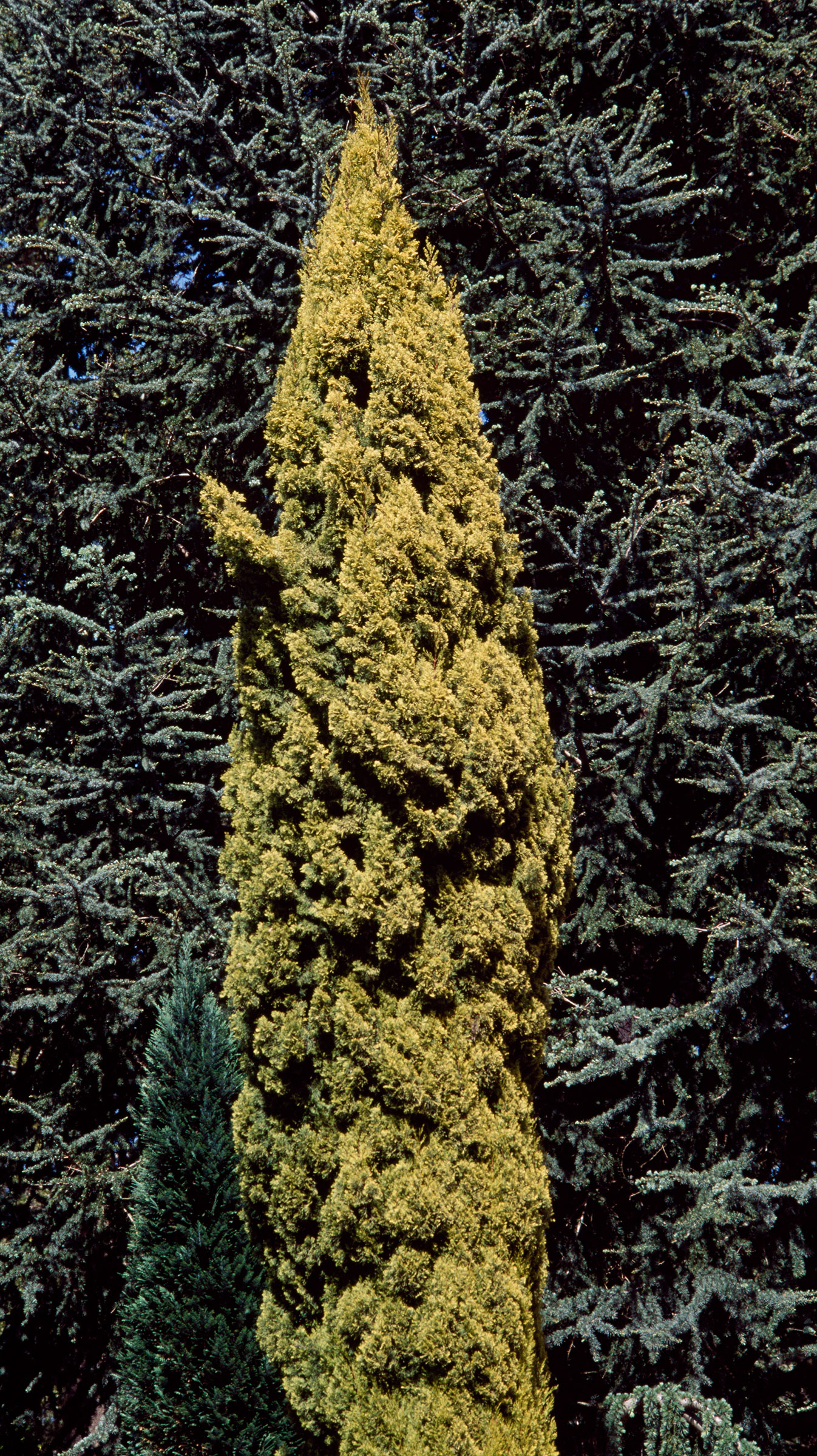
One of the best trees for screening tall buildings at the back of your backyard – and for adding a marvellous Mediterranean garden feel to your backyard – is the hardy Italian cypress.
These tall, slender beauties can add dramatic height to a boundary, driveway or path and, with their dense foliage, are among the best trees for screening if your garden is overlooked by the neighbors.
Very easy to grow, they just need the occasional clipping to keep them in good shape and can shoot up to three feet each year, reaching a maximum height of up to 70 feet (20 meters).
Grow it in zones 7-9.
8. Bamboo (phyllostachys or fargesia)
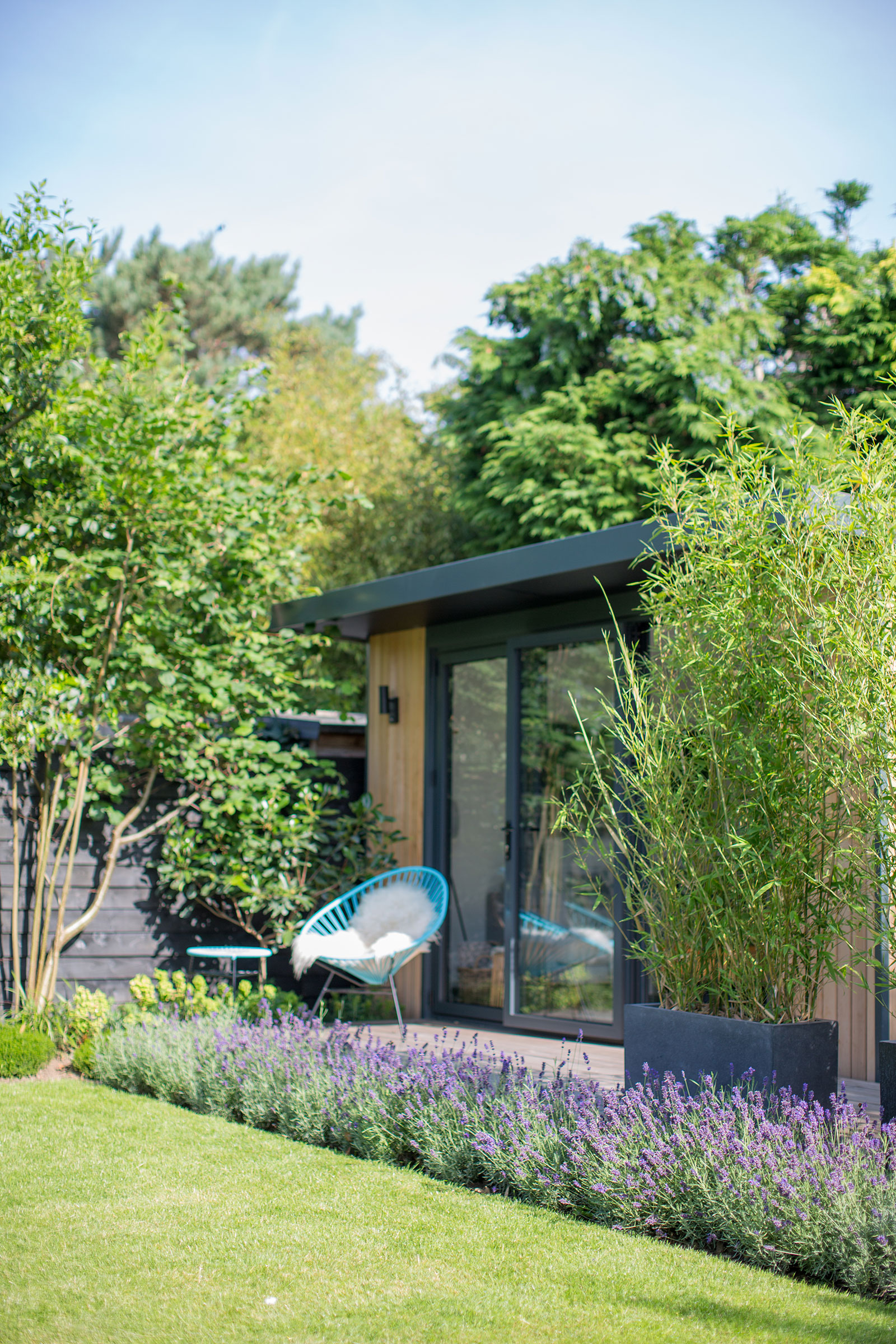
Although technically a grass, the larger, woody varieties of evergreen bamboo are more tree-like, and are very effective for screening and privacy.
'Bamboo is tough and easy to grow. For space-strapped gardeners, it also answers the need for tall but thin, which very few other plants can offer without the need for regular trimming,' explains gardening expert Leigh Clapp.
Providing movement and an oriental feel to your garden, bamboo is fast growing and hardy. 'Choose clump-forming varieties like Fargesia robusta, not one that sends out invasive runners,' Leigh adds.
9. Cherry laurel (Prunus laurocerasus)
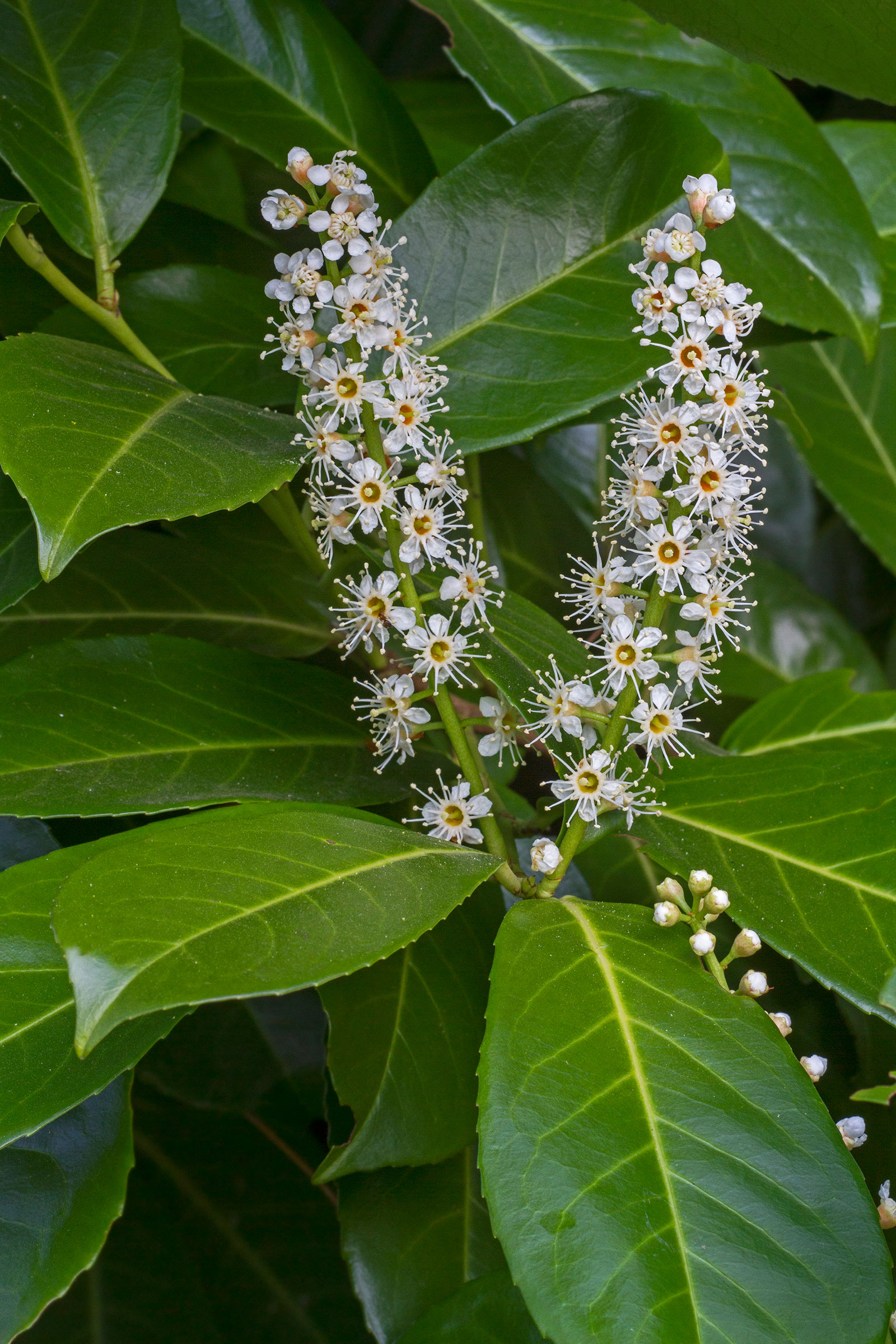
A vigorous spreading evergreen with glossy, dark green leaves, cherry laurel is one of the best trees for screening and privacy due to its upright and bushy form.
It also has some added seasonal interest, producing small white flowers in spring, followed by cherry-like red fruits in fall.
Preferring slightly acidic soil, this tree can grow up to 26 feet (8 meters) and likes sun to shade.
'The cherry laurel is also available in pleached form, which is excellent for screening in smaller gardens,' advise the experts at Practicality Brown.
It's suitable for USDA zones 5-9.
10. Holly (Ilex aquifolium)
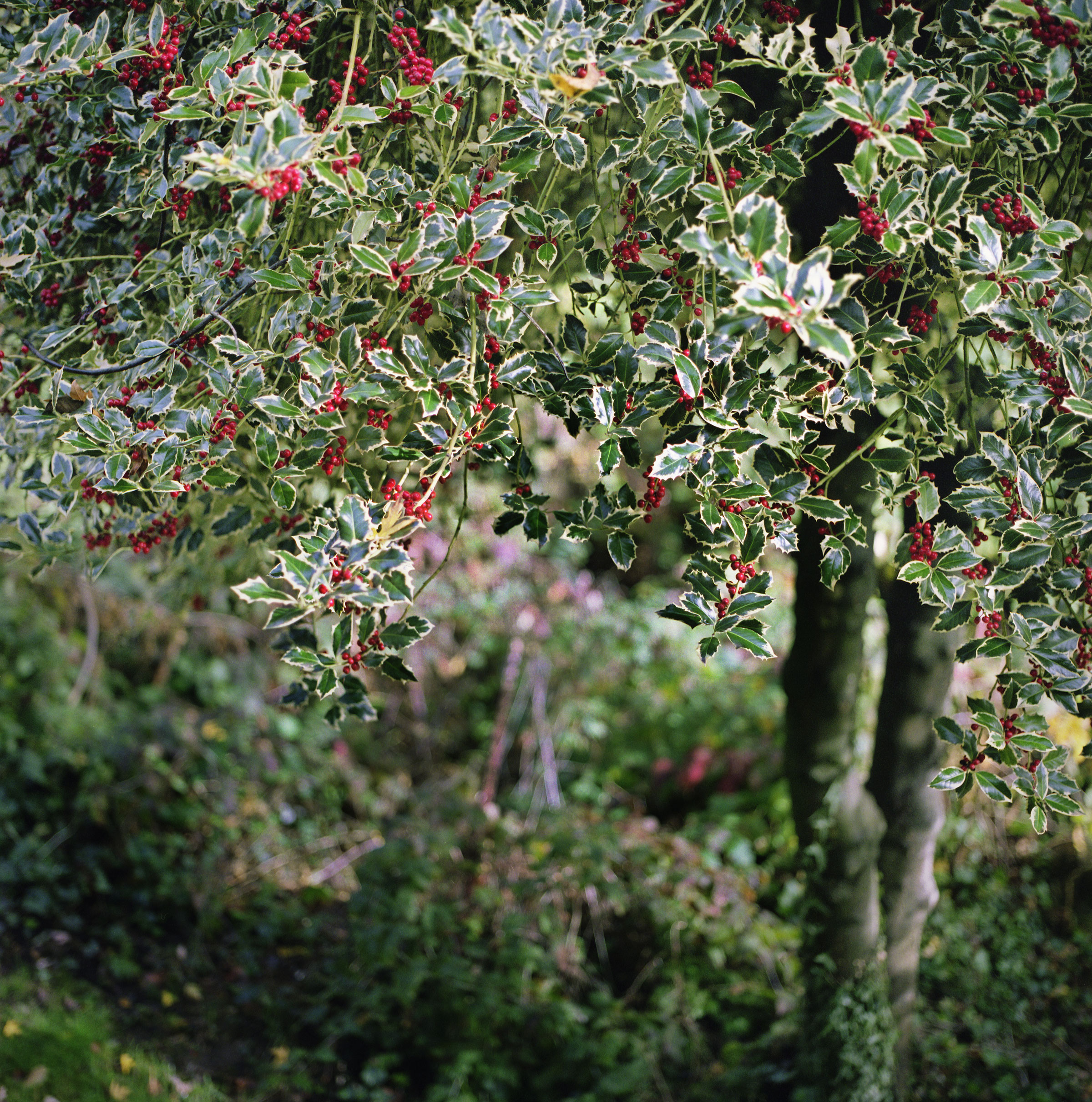
With its distinctive prickly leaves, holly is a classic evergreen that makes a good tree for privacy as well as security.
Although it ably keeps intruders out, it welcomes wildlife in, and can provide shelter for many bird visitors to your backyard.
Suitable for free-draining normal, clay or chalk soils, Ilex aquifolium produces red or orange winter berries – making it a favorite choice for use in Christmas foliage arrangements – and an ideal choice when planning a winter garden. These are then replaced with small white flowers in spring.
As well as the common holly with its dark green glossy leaves, there are those with beautiful variegated leaves, such as 'Argentea marginata', with lovely silver edges tinged with pink, or 'Myrtifolia aurea maculataso', that features yellow and green splashes, so you could plant a mixture for contrast and interest.
Holly is, however, a slow grower – only a couple of inches per year – so not one for speedy screening potential. Grow it in USDA zones 5-9.
11. Western red cedar (Thuja plicata)
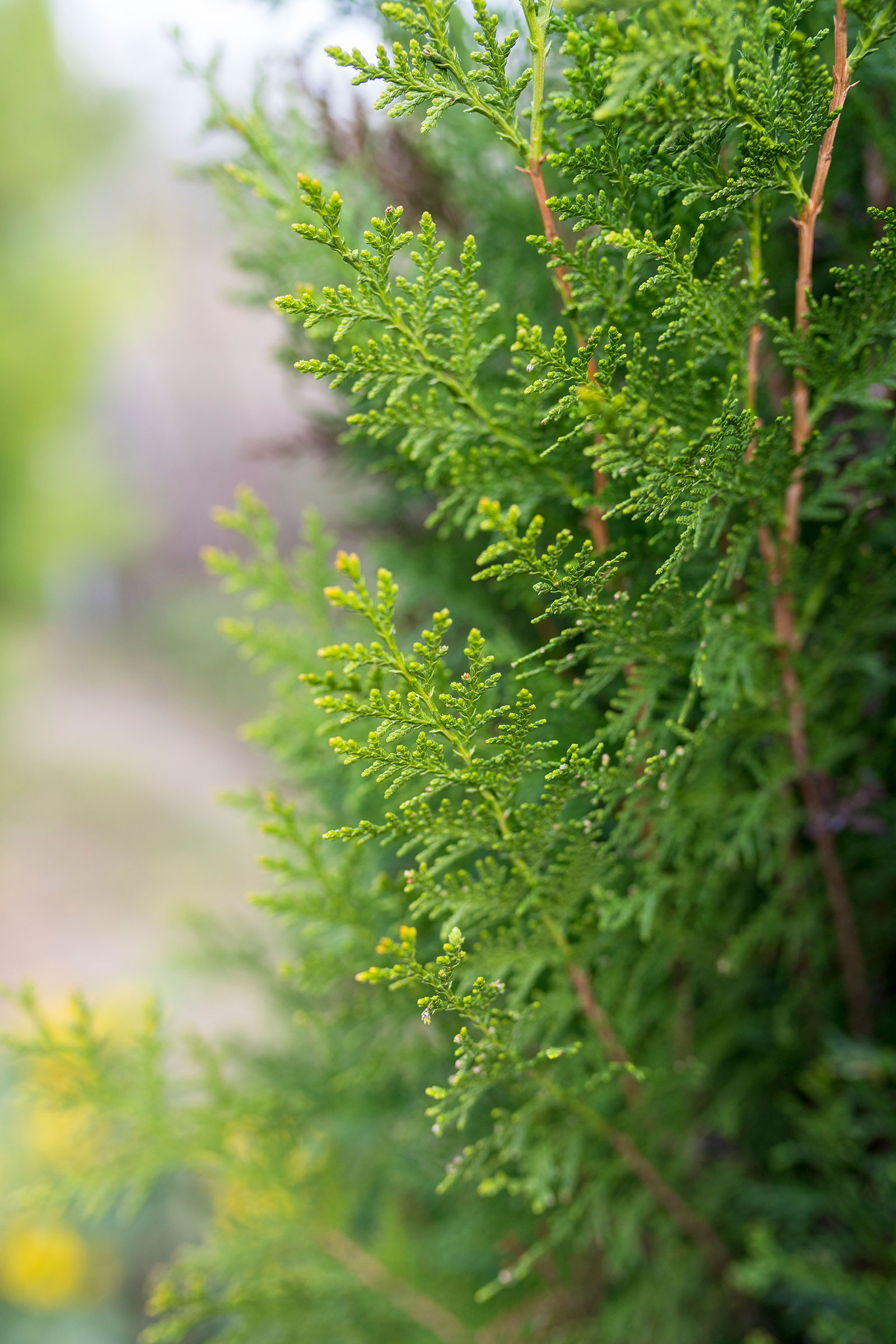
'The evergreen conifer Western red cedar is densely branched, making it a great tree for screening,' say the experts at Practicality Brown.
It's dark, olive green leaves can turn bronze in winter and the foliage has a pleasant, fruity aroma if crushed.
They make popular alternatives to leylandii as best trees for privacy, although have a slightly slower growth rate. They can also afford protection from noise and wind, so make a good choice for screening trees along a garden boundary beside a road.
Western red cedar will grow in USDA zones 5-9.
12. Hornbeam (Carpinus betulus)
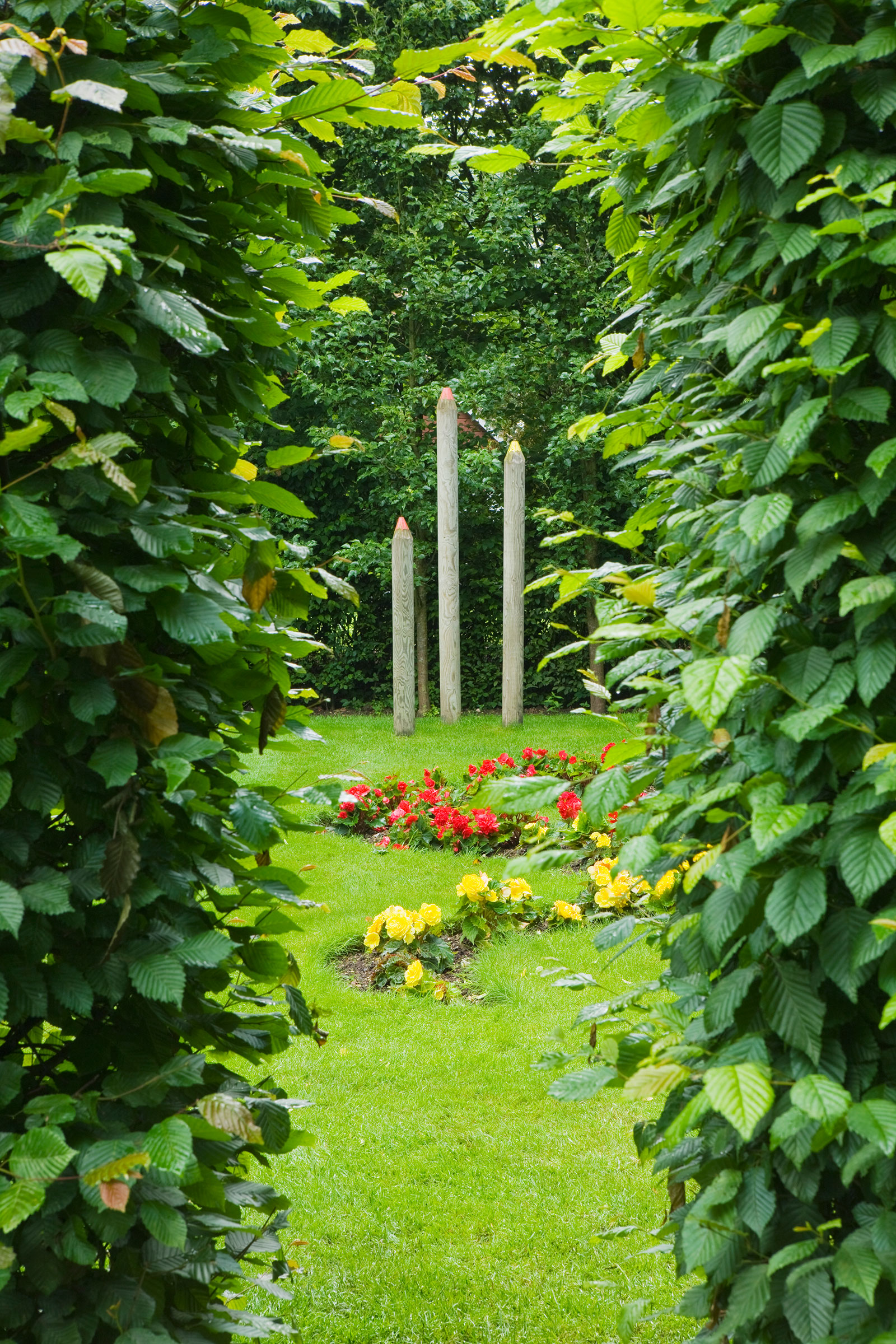
Hornbeam is a popular deciduous tree for screening, with fresh green leaves in spring that turn golden yellow in fall.
'Hornbeam also keeps a proportion of its old leaves on its branches through to the spring, dependent on how exposed to the wind it is, giving a better screening effect,' advise the experts at hedgeplants.com.
This hardy specimen can be planted in sun or shade and is tolerant of most soil types in zones 3-9.
13. Red robin (Photinia x fraseri 'red robin')
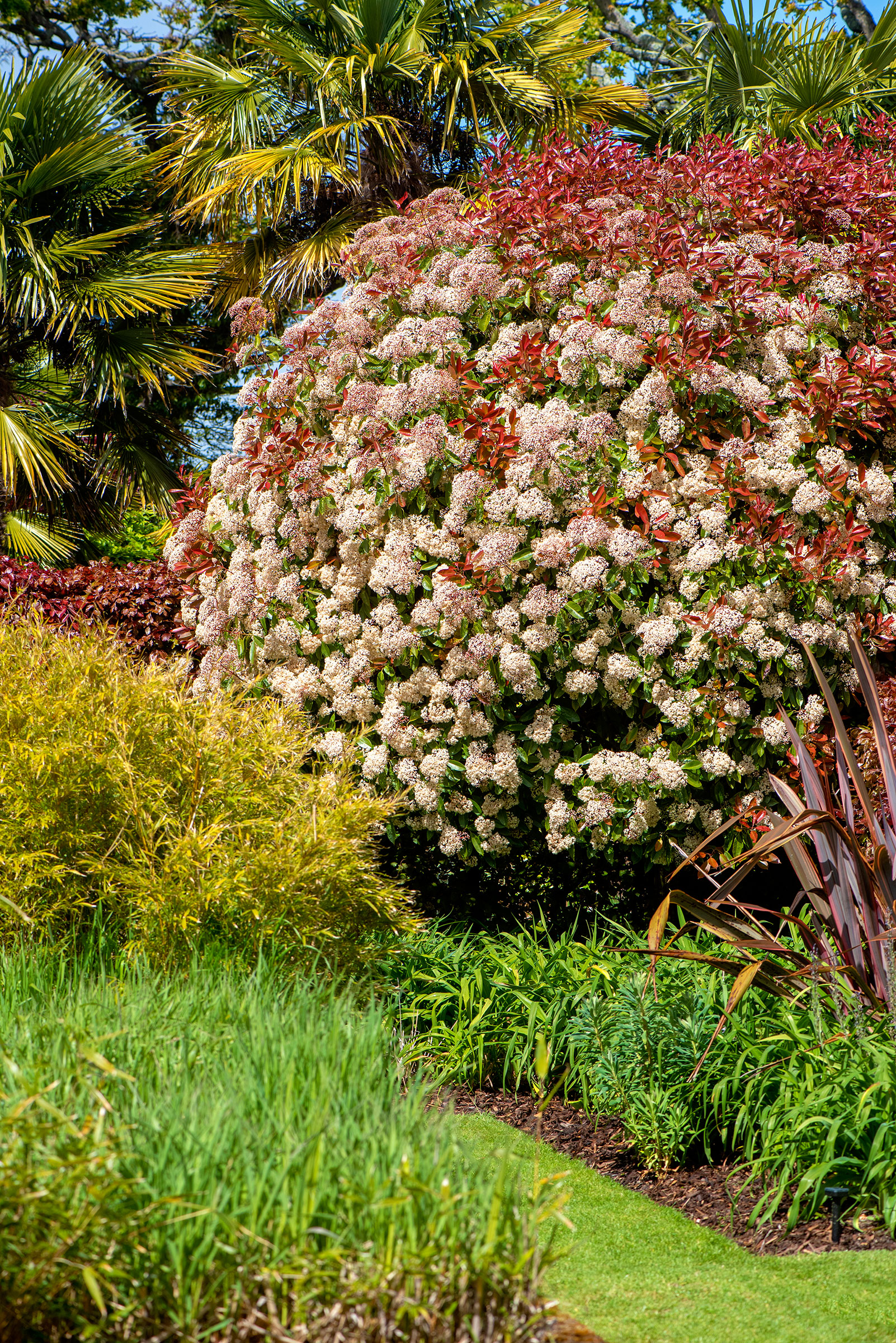
This stunning evergreen boasts red, glossy leaves in the spring and summer, before maturing to lush dark green foliage in fall – perfect for both privacy and screen, but color, too.
It can reach a height of 13 feet (4 meters) and a similar spread, but can be easily kept pruned to a smaller size.
Fully hardy, red robin prefers sun, but can do just as well in shade, and if left unpruned will produce masses of white flowers in summer. Grow it in zones 7-9.
14. Holm oak (Quercus ilex)

'For evergreen screening or year-round interest, holm oak is a wonderful choice,' say the experts at Ornamental Trees
With its leathery, serrated holly-like leaves, it is also known as the holly oak and is as equally hardy and robust.
It will withstand exposed positions and as it is also tolerant of salt-spray, 'so it is ideal for using as an evergreen windbreak in coastal gardens,' they add.
Grow holm in oak in USDA zones 7-10.
15. Colorado blue spruce trees (Picea pungens)
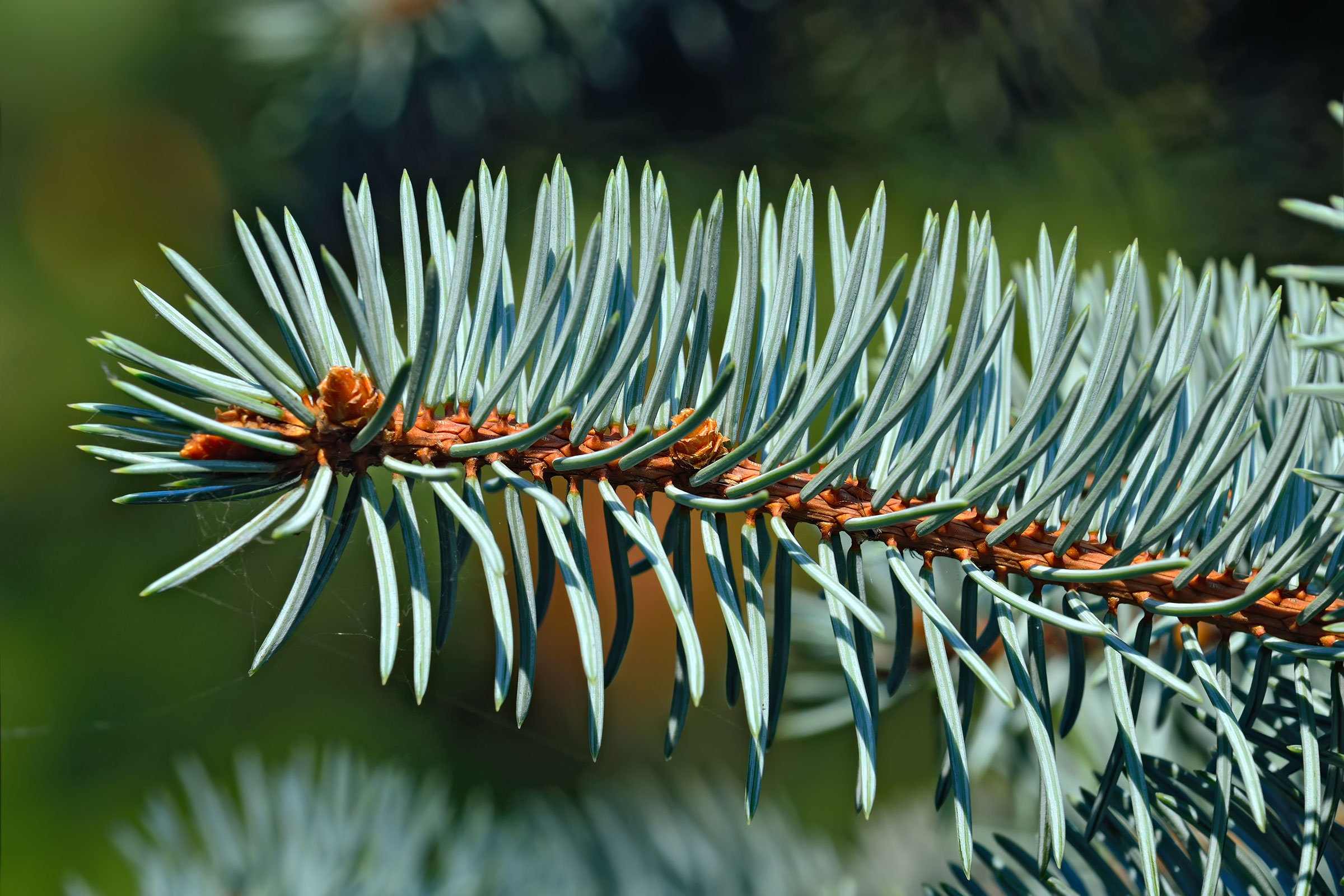
With blue, pine needle-like foliage that becomes densely packed in a pyramid shape, the Colorado blue spruce trees provide year round interest and are particularly suited to small gardens, eventually growing to about 8 feet.
'It is a very hardy small tree that will grow in most soils, excluding dry soils; it is also best to avoid full exposure,' say the experts at Ornamental Trees.
This is a slow grower, but could be included in a mix with other faster growing evergreens, and makes an excellent foil for other plants.
Grow Colorado blue spruce in USDA zones 3-7.
What tree provides the best privacy?
The type of trees that make a good privacy screen are those that are easy to grow, hardy and will tolerate most soils and conditions.
You do not want to choose trees that are high maintenance, but rather those that are self-sufficient for much of the year, maybe just requiring the occasional prune to keep them in shape.
As you will seek privacy year round, choose a good variety of evergreen that will not drop their leaves, with dense foliage, and which will thrive when planted close together. You can, however, intersperse these with a few deciduous specimens for seasonal interest and color.
The best trees for privacy and screening need to grow to at least 8 feet, and there are many options that will grow much taller.
What is the fastest growing tree for privacy?
'Some tree species grow much faster than others, which is great if you’re looking for a quick privacy screen. However, slow-growing species typically live longer than those with a faster growth habit,' says Dan Lambe.
'Local growing conditions dramatically affect growth, so more often than not rates are described in relative terms as fast, medium, or slow. Check with your local arborist or nursery professional for expected performance in your region.'
Dan recommends the following trees as being among the fastest growing trees for privacy: paper birch, pin oak, Eastern white pine, October Glory red maple, and quaking aspen.
Which trees can be planted close to houses?
Many trees can be planted close to houses and this does not cause a problem, but it is difficult to predict which trees will or won't cause issues.
There are a number of factors that could contribute to a tree causing damage to a building or surrounding structures. These include whether the garden has heavy clay soil – as there is an increased risk from trees drying out the soil in periods of drought, causing the soil to shrink and cause structural damage to a property.
Also some trees have a higher water uptake than others. Those with a low water demand include picea and pinus, whereas trees with a high water intake include cupressus and quercus.
Do your research beforehand and, if in doubt, consult an expert.
Sign up to the Homes & Gardens newsletter
Design expertise in your inbox – from inspiring decorating ideas and beautiful celebrity homes to practical gardening advice and shopping round-ups.
Rachel is senior content editor, and writes gardening content for homesandgardens.com, Homes & Gardens magazine, and its sister titles Period Living Magazine and Country Homes & Interiors. She has written for lifestyle magazines for many years, with a particular focus on gardening, historic houses and arts and crafts, but started out her journalism career in BBC radio, where she enjoyed reporting on and writing programme scripts for all manner of stories. Rachel then moved into regional lifestyle magazines, where the topics she wrote about, and people she interviewed, were as varied and eclectic as they were on radio. Always harboring a passion for homes and gardens, she jumped at the opportunity to work on The English Home and The English Garden magazines for a number of years, before joining the Period Living team.
- Melanie GriffithsSenior Editor of Gardening Know How
-
 Emily Blunt gifted Cillian Murphy this $545 pillow – she's 'obsessed' with these luxury pillows, and frankly, so are we
Emily Blunt gifted Cillian Murphy this $545 pillow – she's 'obsessed' with these luxury pillows, and frankly, so are weThe Oppenheimer stars sleep on this ultra-luxe goose down pillow – here's why we love it – plus our affordable alternatives from $35
By Sophie Edwards Published
-
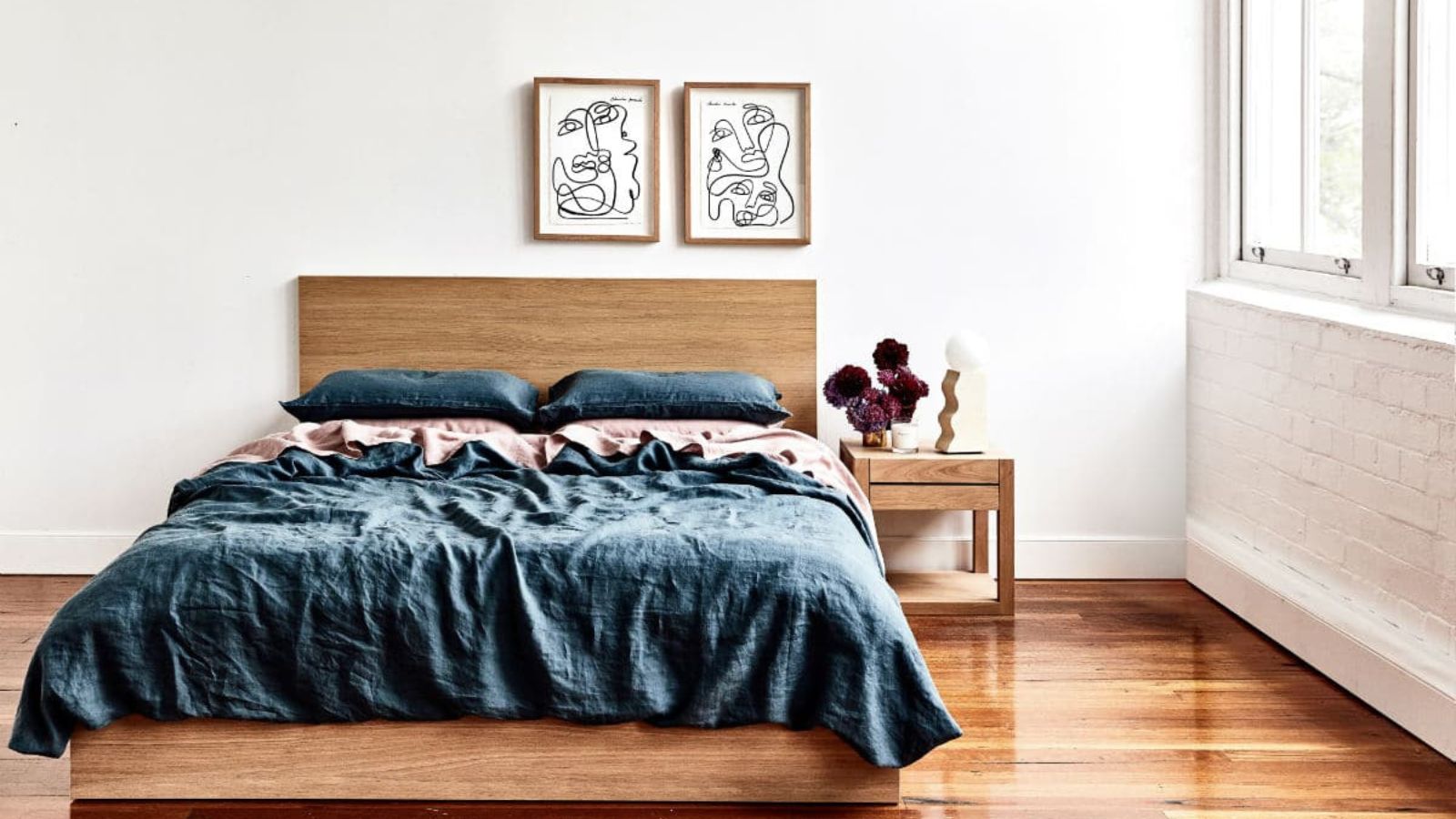 The great bedding debate: top sheet vs no top sheet − which side are you on?
The great bedding debate: top sheet vs no top sheet − which side are you on?I asked an expert panel of bedding designers whether you really need a top sheet to keep clean and cool or if it's just another ploy to make you spend money
By Emilia Hitching Published